If you offend someone, you might talk it over and come to a point of forgiveness. If you steal someone’s money, it can be repaid. If you take or destroy property, there may be a way to make restitution. Violence is another matter. Wounds can heal but trauma lingers. You cannot un-rape a person and you cannot un-do an injury. Certainly, you cannot return a life that’s been taken. Our justice system staggers beneath the weight of crimes that can never be made right.
The worst and most unthinkable crime of all is homicide. Murder. Anyone who has been the relative or friend of a murder victim will tell you: the loss of a person’s life through cruelty or violence is like no other loss. It is not the natural progression of age or disease. Even a traffic accident, as horrendous as that is, can be somewhat understandable.
That’s not the same as murder.
When one person attacks another, when they willfully use violence to end that person’s life, it’s like they have knocked a hole in creation. On the day of the first murder in history, the day that Cain slew his brother, Abel, Genesis chapter four, verse ten tells us, “The Lord said, ‘What have you done? Listen! Your brother’s blood cries out to me from the ground.’”
So, the Lord made Cain an outcast for the rest of his life. That was his fate. Because murder was an eternal offense against God and man.
That was a powerful punishment, but it didn’t stop the next murder. Or the next. By the time of Noah, it had gotten so bad that God was ready to destroy the entire earth. Then He said, “Anyone who strikes a man and kills him shall surely be put to death” (Exodus, chapter 21, verse 12).
That was the day of the avenger. If you killed someone, the family would not rest as long as you were breathing. But slaughter was not always justice; if the death were accidental, the community had an obligation to protect you.
Then monarchies emerged and people were put to death in the name of the king. The offense didn’t have to be murder. Simply saying the wrong thing when the king was having a bad day could get your head lopped off. A person could be executed for stealing, adultery, or illegal hunting.
The death of the accused was geared to generate crowd appeal. Businesses closed and children were brought to view beheading, drawing and quartering, hanging, and burning at the stake. The spectacles were almost as gruesome as modern-day television.
America refused to call itself a monarchy, so in the Colonies, criminals were executed by the people through the State. As evidenced by the Salem witch trials, the system was not perfect.
In time, wisdom prevailed. The justice system evolved enough to realize that viewing a criminal’s death did not deter crime, and crowd control at public executions became dangerous. Those condemned to die were taken to state facilities, often a long distance from their communities, and put to death behind thick walls with a limited number of witnesses, usually at 12:01 AM. Lethal injection is becoming the normal form of execution, but the electric chair, the gas chamber, and even hanging and firing squad are still used in some states.
Today, the only crimes that will net the death penalty in the U.S. are homicide, treason, espionage, trafficking large quantities of drugs, or the attempted murder of a juror or court official.
In the courtroom, a death penalty case has significantly stiffer rules than other cases. Evidence is more likely to be excluded. The criminal history of the accused may not be revealed to the jury. The judge will enforce very specific rules that guide, not only what questions may be asked, but how they are phrased. There are specific statutes that forbid, for example, mentally challenged persons to be sentenced to death or life in prison without parole.
States differ on how they view homicide. The death penalty has been done away with in some states. In others, self-defense is no excuse for killing a person. In those states, if someone threatens you or enters your home and you kill them, you will be prosecuted.
It is actually easier to win the death penalty in Indiana than it is in California. In Indiana, once the person has been found guilty, there is a sentencing hearing. During that hearing, persons closely related to the victim may be heard in open court reading their victim’s impact statement. The judge, the jury, and the killer will hear word for word, just how horribly a wrongful death has impacted those left behind. Also, during the sentencing phase, evidence that was not allowed during the criminal phase can be brought forth, including information about previous murders and violent crimes the criminal has been convicted of.
In California, the killer is convicted and sentenced before the family and friends have an opportunity to speak. Their pain and trauma have no effect on the sentence.
There are many fine arguments against the death sentence:
It is expensive. The hearings, appeals, and execution of one killer costs millions of dollars. However, depending on the state, the cost of keeping a prisoner locked up in a maximum-security facility (those prisons are not cheap) under the care of specially trained armed guards for the remainder of their natural life can be far more. If you have ever raised a child and fed them for twenty years, you have a fraction of an idea. Add in clothing, hygiene, and facilities, including a library, and you nudge closer to reality. Then there is the staggering cost of health care. How much do you suppose it costs to maintain a person who has destroyed their veins by injecting drugs? What does it cost to take care of (and clean up after) one person who has the flu? What about chronic disease?
Life without the possibility of parole is more humane. For whom? For the killer? Maybe. He is caged but as long as he wakes up every morning, he has some hope. Someone might challenge the court’s ruling. He could be released by mistake. That happened recently in Georgia. It won’t be more humane for that killer’s next victim. It’s not more humane for the family who lost a member to the killer’s barbarity.
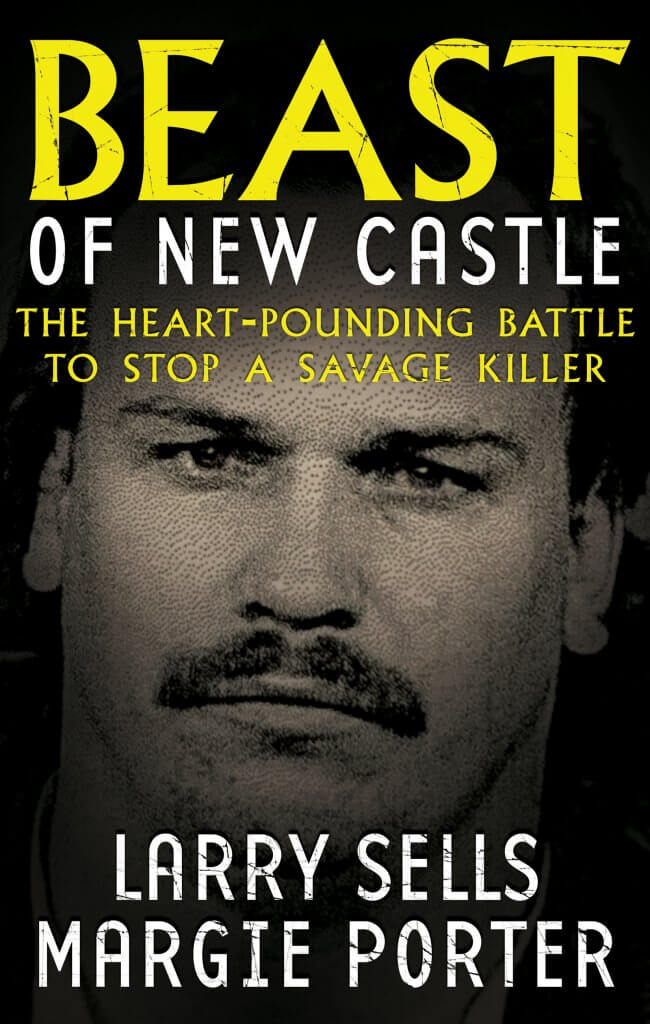
We don’t have to kill them. It’s just as safe to keep them locked up. We would all like to believe that, but as long as there are humans, there will be human error. Prisoners have virtually nothing to do, twenty-four hours a day, seven days a week, but try to figure out how to free themselves. We have now learned that men escaped from Alcatraz. What happens if a major storm knocks out the power and the generator? The prison guards will be outnumbered by prisoners who have chosen brutality. There have always been escapes. And even on death row, the most confined lockdown system imaginable, prisoners manage to kill each other.
I’m not saying that every person who commits a murder should be executed. But when I am in the courtroom, facing down a person who has killed and killed again; someone who, if released, would go in search of another victim, then there is only one safe place for that person.
They can’t kill anyone from the grave.
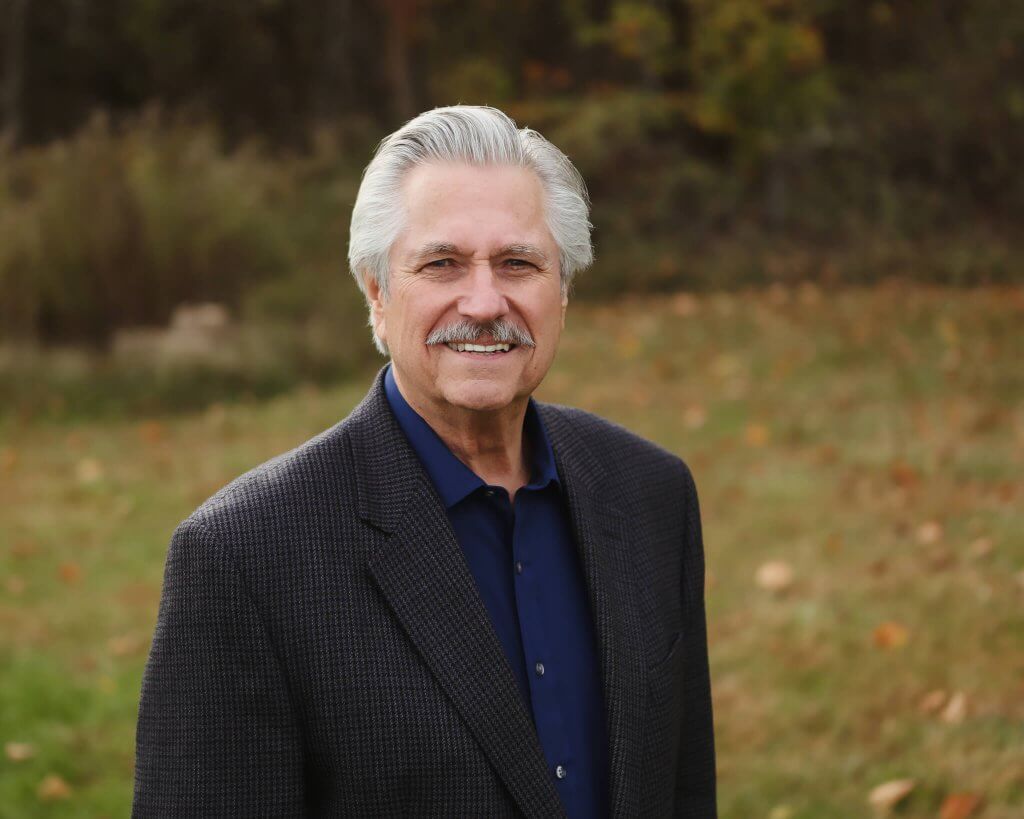
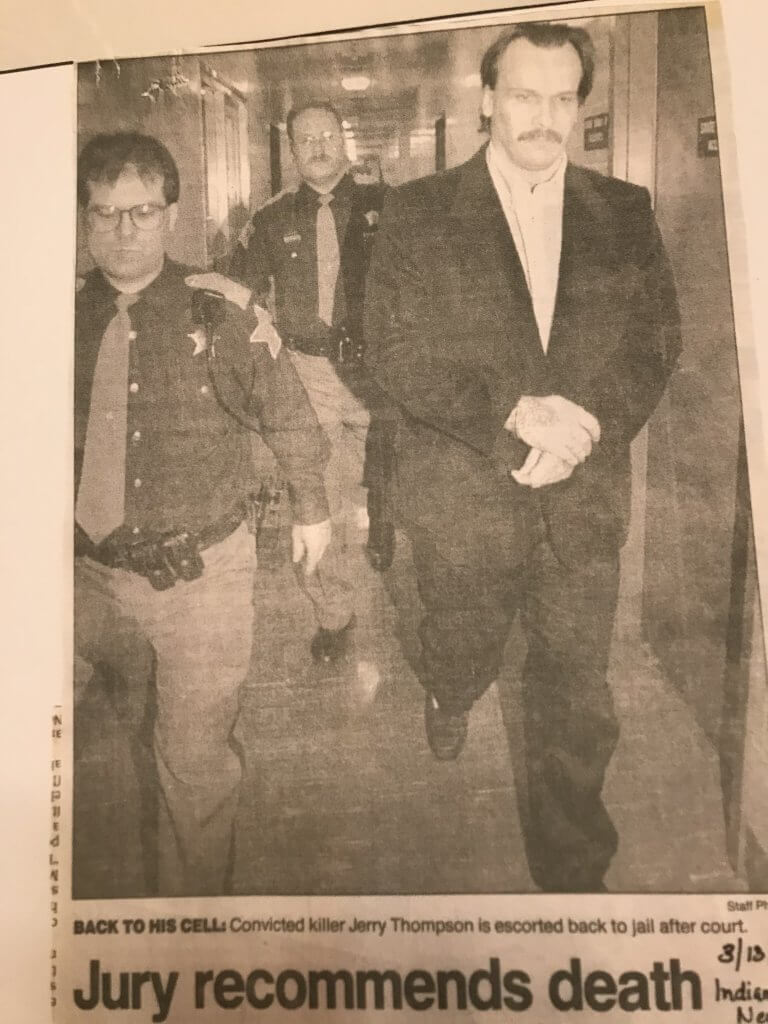
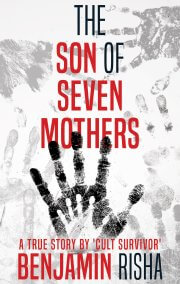


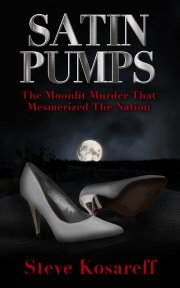
 Join our email list
Join our email list
Leave a Reply